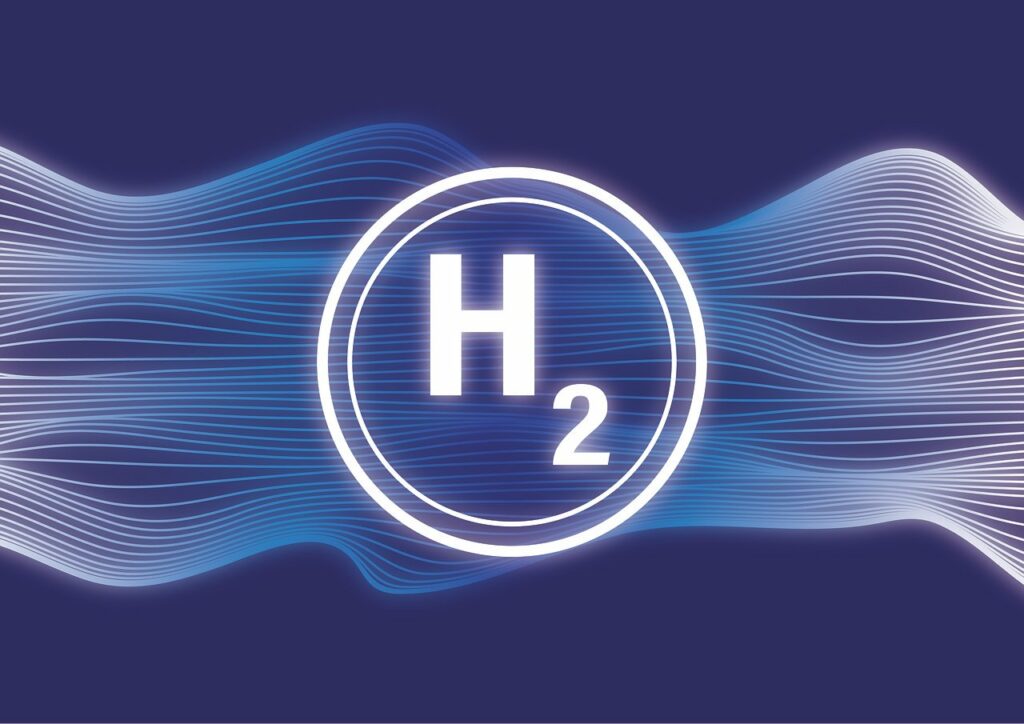BP’s renewable hydrogen project in Kwinana, Western Australia, has officially entered the front-end engineering and design stage, with production expected to commence in 2026. The H2Kwinana project, a collaborative effort with Macquarie Capital, aims to leverage a 100-MW electrolyzer, with plans for expansion to an impressive 1.5 GW in subsequent phases.
At the heart of BP’s strategy lies a commitment to the energy transition, manifested through five key growth engines: biofuels, mobility and convenience, EV charging, renewable power, and hydrogen. Lucy Nation, VP of Hydrogen, Australia, and Asia Pacific at BP, emphasized the transformative role of the Kwinana Energy Hub, where existing infrastructure from a former refinery will be repurposed for the Kwinana Renewable Fuels and H2Kwinana initiatives.
The cornerstone of the Kwinana project is a robust 100-MW electrolyzer, reflecting BP’s dedication to advancing hydrogen technology. The company envisions the potential to expand this capacity to an impressive 1.5 GW in subsequent project phases, underscoring a commitment to scalable and impactful renewable hydrogen production.
Supported by A$70 million from the Regional Hydrogen Hubs Program, the Kwinana project extends beyond electrolysis. It encompasses the installation of hydrogen storage, compression and truck loading facilities, and enhancements to BP’s existing on-site hydrogen pipeline system. The project’s output scenarios, ranging from 44 mt/day to 429 mt/day, highlight its potential impact on the hydrogen landscape, contributing to Australia’s decarbonization goals.
